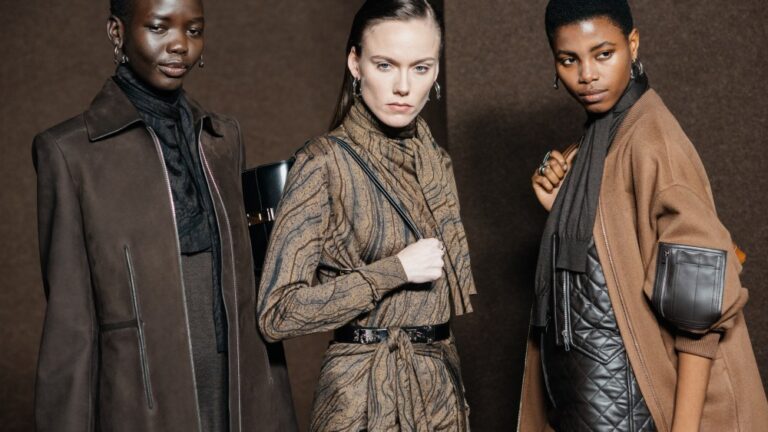Hermès Increases Prices Amid Tariff Adjustments
Published: [Date]
Adjusting to New Market Conditions
PARIS — In response to the evolving landscape shaped by tariffs from the Trump administration, Hermès International has implemented price increases across various product categories. This strategic move aligns with their recent financial outcomes and aims to maintain profitability amidst changing economic conditions.
Price Increases Across Product Lines
Analysts at Bernstein conducted a thorough examination of Hermès’ U.S. website, revealing an average price hike of approximately 4 to 5 percent across their range of products. These include women’s bags, jewelry, ready-to-wear apparel, silks, accessories, fragrances, and home items.
Market Strategy and Economic Resilience
Bernstein’s Luca Solca noted that these price adjustments are likely intended to offset potential 10 percent tariffs and to counteract the recent depreciation of the U.S. dollar against the euro. This proactive approach showcases Hermès’ strategic foresight in navigating economic uncertainties.
Comparative Pricing Trends in Luxury Brands
Hermès’ decision coincides with Louis Vuitton’s price increase of 3 to 4 percent in the U.S. in April. Hermès maintains a strong position in the luxury market, supported by its longstanding reputation for high-quality products. The brand’s sales have consistently surged, reporting a remarkable 17 percent increase in the fourth quarter of 2024, followed by a continued growth of 10 percent year-over-year in the first quarter.
Expanding Production Capacity
In light of rising demand and supply constraints during the holiday season, Hermès plans to enhance its production capabilities by constructing four new factories over the next four years. This initiative seeks to meet the increasing customer requests for their popular handbags, despite previous price hikes of around 6 to 7 percent last year.
Consumer Trust and Brand Value
Hermès CEO Axel Dumas emphasized the brand’s reliability during economic turmoil, recalling the 2008 financial crisis where the brand’s value soared. “There was a flight to quality,” he remarked, highlighting that Hermès is perceived as the “gold standard” in luxury goods.
Pricing Strategies and Consumer Behavior
According to the Bernstein report, Hermès remains a favored choice among consumers, particularly in China. “Hermès is the last brand they give up on,” Solca explained, underscoring the brand’s enduring appeal even when consumers are cautious about spending. While most items in fashion and accessories have seen price increases, entry-level products in fragrances and beauty categories are relatively unaffected, reflecting Hermès’ strategy to maintain accessibility for aspirational buyers.
Sales Performance Insights
Although fragrances and beauty items constitute merely 3.5 percent of Hermès’ gross sales, the company opted to absorb tariffs in these categories to sustain pricing integrity. In the first quarter, sales for perfumes and beauty products marginally decreased by half a point to 129 million euros, while the home and jewelry sectors experienced a 6.1 percent growth, reaching 256 million euros.
Conclusion: Navigating the Future
As Hermès continues to adjust its pricing strategies and expand production, the luxury brand maintains its competitive edge. With average price increases across categories, including handbags and silks, Hermès is poised to reinforce its market position while catering to the evolving preferences of discerning consumers.
